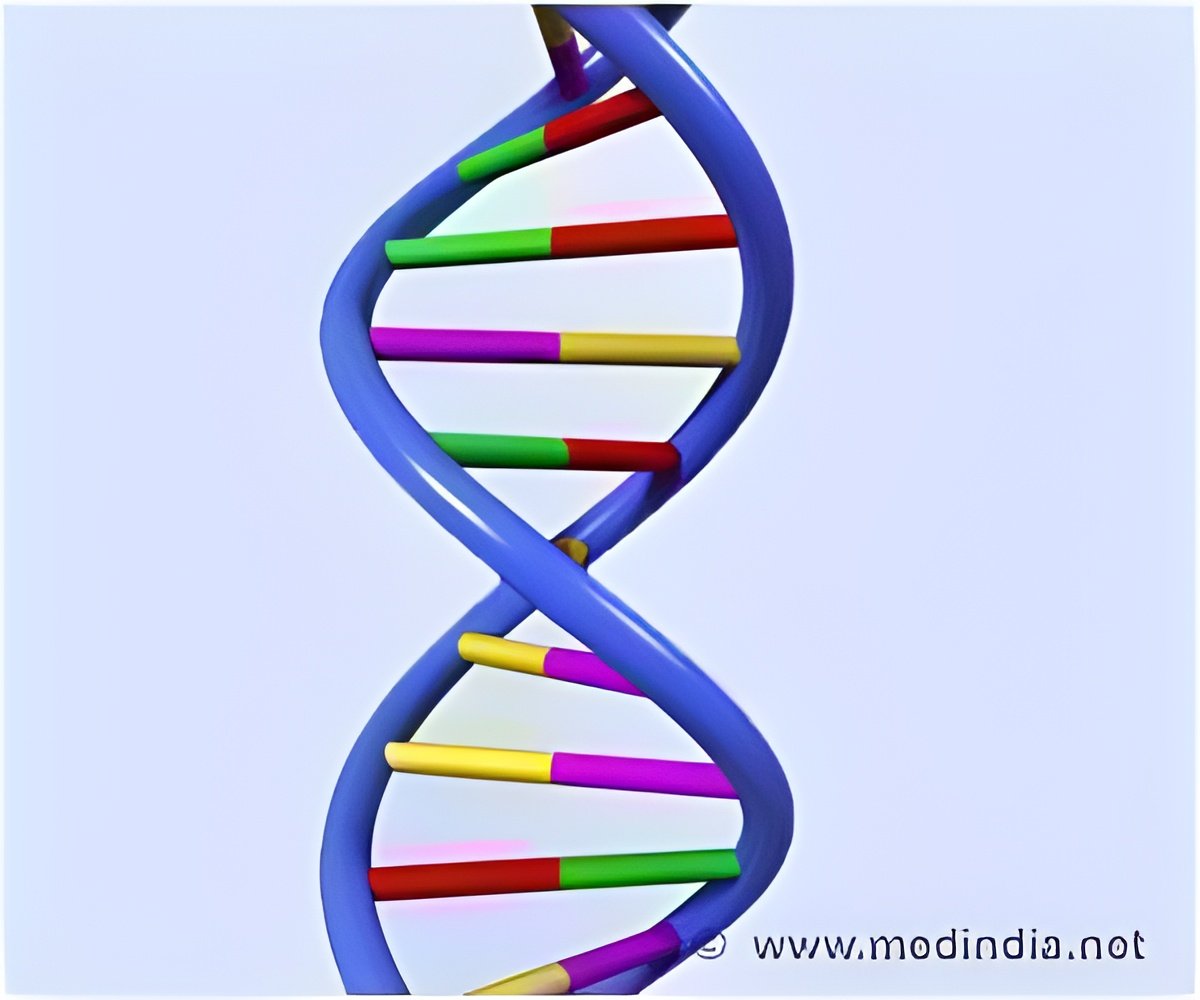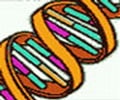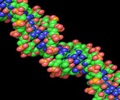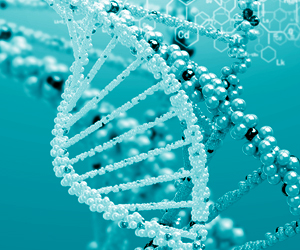
Scientists create models in mice by altering specific genes that have been associated with a given disease. The models allow for the study of the development and course of the disease and the effects of various interventions, including genetic and chemical. For the past 20 years, the creation of such models has remained relatively unchanged: scientists insert a piece of DNA into a mouse embryonic stem (ES) cell, inject the modified cell into a very early-stage embryo, called a blastocyst, then implant this developing ball of cells into a foster female mouse. The whole process can take years and tens of thousands of dollars to establish a mouse strain with, for example, a single copy of a gene "knocked out". Such knockouts can only be created in very few species, including mice and rats, whose ES cells can be grown and modified reliably.
The new approach used by scientists in Jaenisch's lab bypasses ES cells to quickly and efficiently produce mice with mutations in both copies of multiple genes. In next week's issue of the journal Cell, Haoyi Wang, Hui Yang, and Chikdu Shivalila describe their technique, which is based on a system that certain bacteria use to fend off viral attacks.
This is the first time that the system, known as CRISPR (for "clustered regularly interspaced short palindromic repeat")/Cas (for "CRISPR-associated"), has been used to alter multiple genes in a single multicellular organism. Shivalila says the process is so accessible that he expects other labs to adopt it quickly.
"For any institution or university with a core facility, we think this will be the way they will start making mice carrying specific mutations because it's a lot faster and so efficient," says Shivalila, one of Jaenisch's graduate students. "We were surprised that we could get two genes 'knocked out' at four loci very, very efficiently, about 80% efficiency. If we used TALENs, a more recent and complicated development in genetic engineering, we got 30% efficiency for just one gene."
Because the CRISPR/Cas technique can generate mutant mice even without using ES cells, a limitation of the conventional method for making models, genetic research may no longer be confined to a limited list of model organisms—those for which ES cells exist.
Advertisement
Thus, Wang, Yang, and Shivalila have used CRISPR/Cas to create mouse models only, but the team is excited broaden its application to other animals.
Advertisement
Source-Eurekalert








